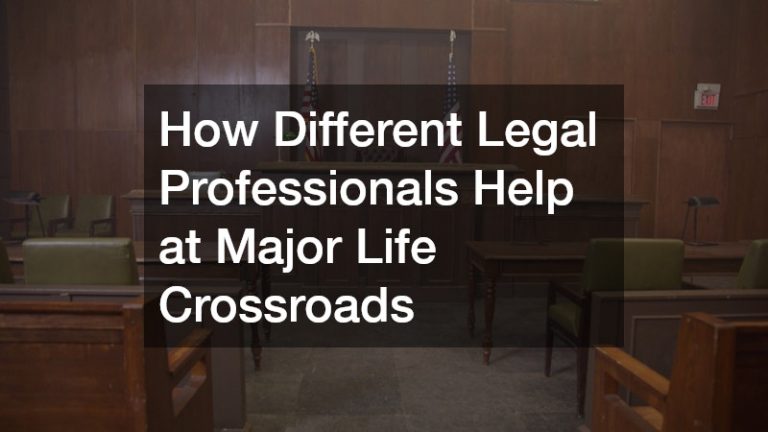When a group or an individual’s acts or negligence produces harm or injury that amounts to a civil wrong to another group or individual, liability is one thing people on the receiving end of the injury look for.
In a legal context, the term injury pertains to the invasion of any right granted to a person by the law, and harm is defined as the loss or inconvenience that the injured individual suffers.
Where is the term most used?
The term torts will often be found in the field of civil action suits. Civil action suits are not lawsuits that look for criminal punishment—rather, the complainant or plaintiff is after compensation for an injury or contract violation.
Civil action suits are undertaken in civil courts except for contract disputes—they fall under contract law. The concept of tort law is to mitigate the effects of wrongdoing on the person complaining. The mitigation involves financial settlements to make up for stated damages.
Simply put, tort is a branch of the law that seeks to provide rightful compensation for harm reported and proved in court.
Who are involved?
Tort requires the defendant to be proved at fault for harming the complainant or the plaintiff for there to be a form of financial settlement going the plaintiff’s way.
The typical cases categorized under tort law are injuries—physical or not—resulting in the loss of present, past, or future income, medical expenses, financial compensation for pain and suffering, and additional punitive damages to inflict unlawful punishment on the complainant.
What is tort law?
After defining tort law, we can move to its three main categories:
1. Negligent torts
Under negligent torts are actions inflicting harm to individuals through another’s failure to exercise a certain level of care that can avoid inflicting harm on the complainant under.
In court, the action is called a “reasonable standard of care.” Accidents involving vehicle collisions are a standard example of negligent torts. As accidents often happen due to a driver’s negligence, which results in the injury of another driver.
2. Intentional torts
Intentional torts are harmful actions done to individuals by acting on willful misconduct done by another. This includes assault, fraud, and theft. Cases wherein a person does not actually mean harm but still harms another person is included under intentional tort cases. An example is a prank that resulted in harming one or more people.
A definite example of willful misconduct under this type of tort is domestic violence because a person intentionally harms another.
3. Strict liability torts
Unlike negligent and intentional torts, strict liability torts focus on the act itself. For example, an individual or a group produces a certain product for the consumption of the public.
If members of the public consuming that product obtain any damage, the producer will be held liable. Strict liability torts do not consider the level of care applied or the producer’s intentions when they made the product.

Who practices tort law?
A personal injury attorney specializes in the area of tort law. They provide legal assistance to complainants in going after rightful compensation for their losses.
The aspects compensated include the loss of the capacity to make an income, pain and suffering, reasonable medical expenses, emotional distress, loss of companionship, and legal fees.
Additionally, personal injury lawyers work alongside clients to protect them from insurance fraud committed by companies and unjust acts coming from the legal system.
An example of a tort law case
In February 2016, a self-driving car brainstormed by Google was involved in a car crash with a passenger bus in California. The car crashed into the passenger bus to avoid crashing into a sensed pile of sandbags.
The accident involved the injury of the bus driver and its passengers. The high-profile case involving the tech giant led to the bus driver suing for damages due to the faulty self-driving vehicle crashed into the bus he was operating at that time.
The intention of Google to test a self-driving vehicle product has led to the distress of the people inside the bus it crashed into. This is an example of a strict liability tort case.
Tort law is an aspect of the law that works for complainants to receive the compensation they deserve to recover from the defendant’s damages. It can be a source of hope for some people but can also be exploited by some. Fortunately, tort law has practitioners that work to bring out fairness and equality.







